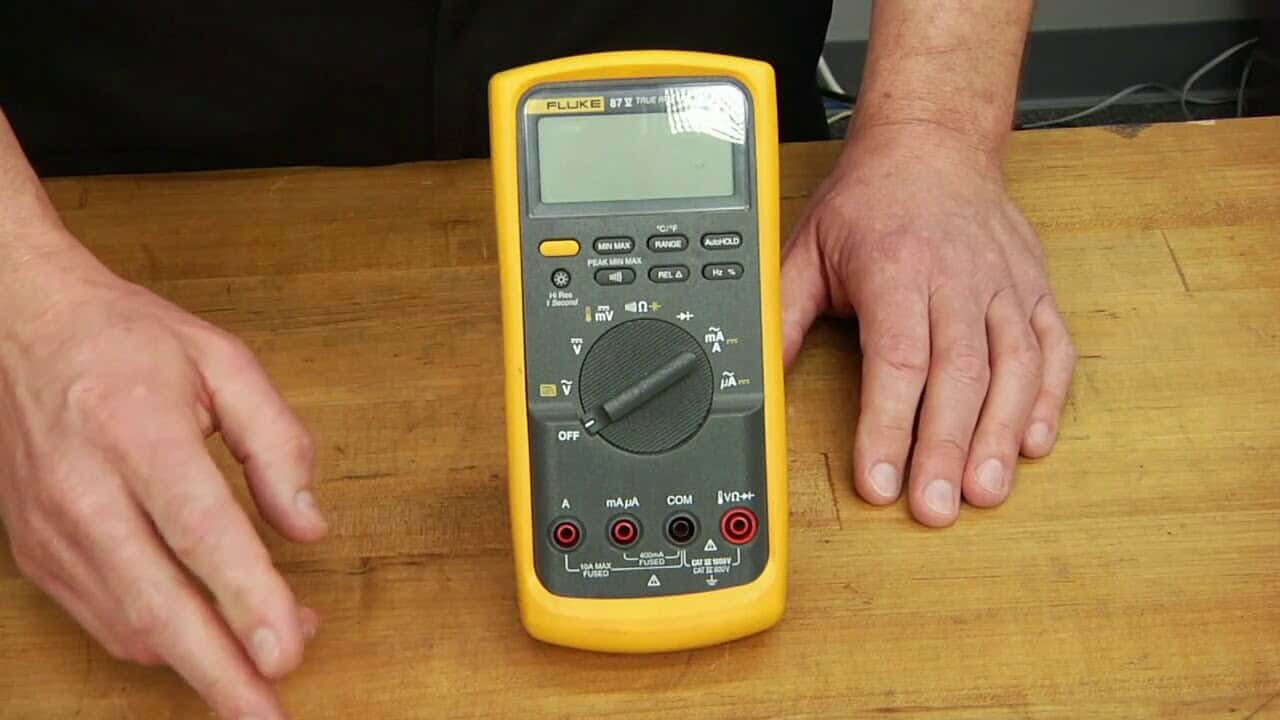Understanding how to read an amperage meter on a battery charger can help you maintain your car battery/vehicle battery. A battery may sometimes require charging during its working life. Battery charge will be lost if you store your vehicle or not start it for a long time. The amp meter on your battery charger shows you everything you need to know about its condition.
How To Connect A Battery Charger Amp Meter
The first step to getting information about the battery from the amperage meter is to connect the amp meter to the car battery. Please keep in mind that a car battery can be hazardous if the connections are not made correctly. Please consult your manufacturer's owner's manual to get the correct information on how to connect devices to your car's battery safely. Another note before actually making the connections is that a car battery is located inside the engine compartment and is exposed to dirt, oil, and road grime.
The battery terminals may become caked with grease, oil, and dirt. In addition to those contaminants, as the battery ages, the battery terminal may also become corrupted with various oxidation. The oxidation is usually in the form of a white, powdery substance around the battery terminal. To ensure that you have a good connection between the amp meter and the battery, it is always good to use a clean wire brush to clean the dirt and oxidation off the battery's terminals. We also recommend our Torque Detail review to give your car the best shine out there.

The next few steps are quite straightforward and represent the safest method of connecting the amp meter to the car battery. It is also instructive to re-emphasize the need to be careful while making the connections and prevent an explosion caused by the accumulation of hydrogen gas from the battery to perform the procedure in an outside area. It is also recommended that the person performing the procedure do so while wearing goggles and gloves.
The following steps are the actual steps to connecting the amperage meter.
Follow the information above to complete the first step
Next, you will need to know the positive and negative battery terminals. The terminals are almost always color-coded. The negative terminal is always colored black, and the positive terminal is usually colored red. However, it may be another color like green. Battery manufacturers also often mark the terminals with a plus (+) for the positive terminal and a minus (-) for the negative terminal.
Connect the positive (red) battery cable from the amp meter to the positive terminal on the battery.
Due to the potential for sparking to ignite hydrogen gas, it is best to connect the negative (black) lead to the engine block or some other metal piece that is not on the battery. However, suppose you are in a well-ventilated area and are not scared of a spark that may occur from connecting the negative (black) lead to the negative terminal. In that case, it is alright to connect the black lead directly to the negative battery terminal.
Once the amp meter is connected to the car battery, you can now turn on the power to the test meter.
How To Read A Battery Charger Amp Meter
Reading the test meter is not complicated, but it may require a bit of interpretation. Below is a general guide on how to read the information. Because manufacturers may present information differently, it is suggested that you consult the meter's owner's manual for more information that is specific to your amp meter.
There are a couple of metrics that are important to understand, Percent Charged and Charging rate. There may be other graphics depicted on your amp meter, but those two are the most important.
Percent Charged - displays the current percent (%) of the battery charge. After connecting the amp meter to the battery, the percent charged gauge would display the percent of battery charge remaining in the battery. As the battery is charging, the needle indicator for the charging rate will move slowly toward 100% (fully charged).
Battery Charging Rate - This indicates the number of amps (current) flowing into the battery. The gauge graphic shown on the test meter varies by manufacturer.

Conclusion
Most modern devices have digital gauges, making reading them very easy. However, some manufacturers still use analog-type gauges. Some people may not be aware of connecting and then reading the information presented on their battery charger/amp meter.
Remember that the first and most important step to take is to read through the information found in the owner's manual.
Understanding how to read a battery charger amp meter or just a normal car battery amp meter is important to understanding if your car may have a charging system problem.
